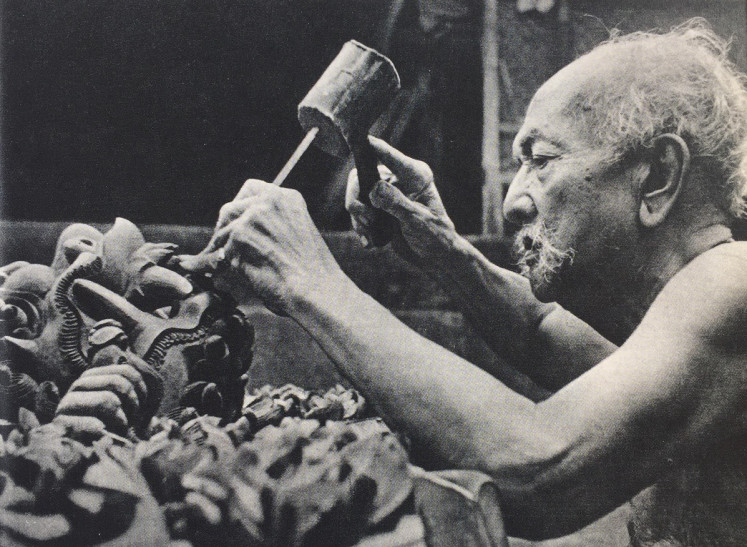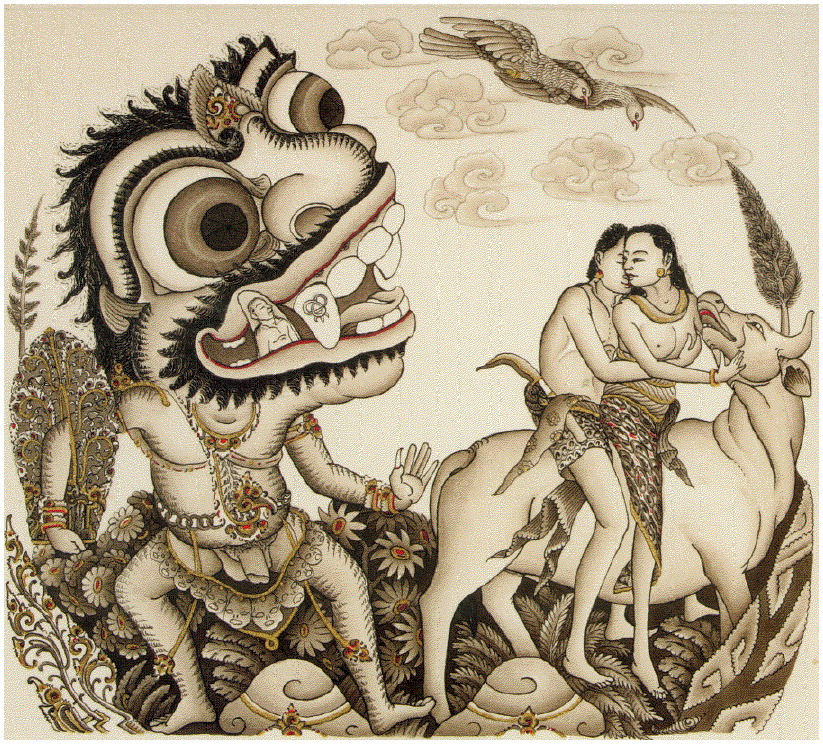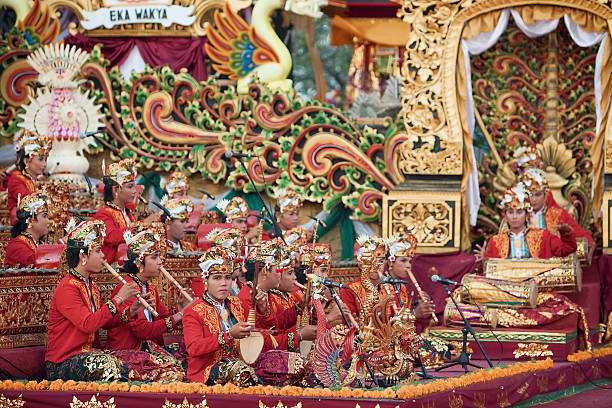I Gusti Nyoman Lempad was a renowned Balinese artist who lived through the turn of the 20th century until the 1970s. He contributed greatly to Balinese art and culture, earning the respect of his community as a highly respected and prolific artist and master craftsman. People can still find his works in Bali today. His legacy continues to inspire and influence the art and culture of the island.

Lempad’s Early Life and Artistic Beginnings
I Gusti Nyoman Lempad was born in Bedulu, Bali, in 1862, when a series of kingdoms ruled Bali. As a child, I Gusti Nyoman Lempad’s family deeply rooted him in the traditional Balinese arts. From a young age, this culture immersed him. Encouragers motivated him to develop his artistic talents, and he quickly displayed an aptitude for drawing, painting, and sculpture. In his teenage years, Lempad began experimenting with different mediums and techniques. He became known for capturing the essence of Balinese life in his works.
The traditional style of Balinese art heavily influenced Lempad’s early works. Characterized by intricate details, vibrant colours, and the use of gold leaf. Patrons who recognized his potential sought after him at a young age, as they recognized his artistic talent. As he continued to hone his craft, Lempad began experimenting with different styles and techniques and became increasingly interested in the human form.
Lempad’s Influence on Balinese Art and Architecture
Lempad was a master of Balinese art and architecture, and his work profoundly influenced both fields. His wood carvings, drawings, and paintings are characterized by simplicity and elegance that is unique to his style. In addition to his work as an artist, Lempad was also an accomplished architect and was responsible for designing several important Balinese temples and palaces.
Lempad’s Collaboration with Western Artists
Lempad’s work was not limited to traditional Balinese art forms, and he was open to collaboration with Western artists. He worked with Dutch artist Rudolf Bonnet on several projects, including restoring the Pura Besakih temple complex. I Gusti Nyoman Lempad’s work also influenced many Western artists, including Walter Spies, a prominent member of the Bali art scene in the 1930s.

Lempad’s Lasting Legacy
Many works of art and architecture bear witness to Lempad’s legacy. He created during his long and productive life. Many contemporary Balinese artists also show the influence of his work. Who continues to draw inspiration from his style and techniques. I Gusti Nyoman Lempad’s contributions to Balinese art and culture have ensured that he will be remembered as one of Bali’s greatest artists.
Lempad’s Cultural Significance Today
Lempad’s art and architecture are an important part of Balinese cultural heritage. Museums and galleries worldwide celebrate his work, and the annual Bali Arts Festival honors his legacy. Lempad’s influence on Balinese art and culture can be seen in the work of contemporary artists and architects, who continue to draw inspiration from his life and work.

